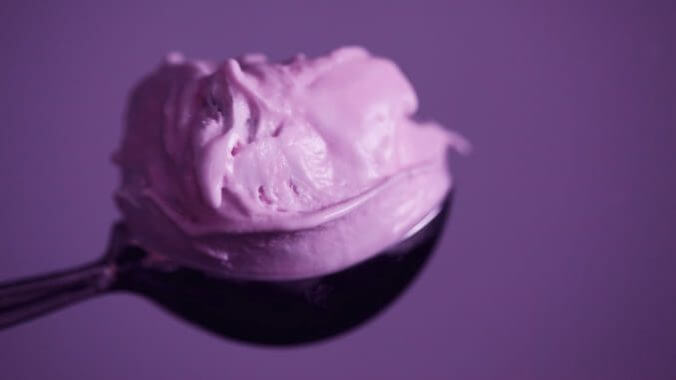Ube Just Keeps Getting More Popular

Ube isn’t exactly the newest food trend anymore, but it’s getting more popular by the year. Ube is the iconic purple yam from the Philippines, not to be confused with the taro flavor seen in bubble tea shops.
Ube, also known as purple yam, originates from the Philippines, where it’s often used in baked goods and desserts. You’ll often find it as a jam inside of or on top of traditional pastries like mamón, Filipino sponge cake, or ensaymada, bread rolls covered in sugar, butter and grated cheese. Ube is also a popular ice cream flavor (as the United States should already know) and an essential ingredient in halo-halo, a topping-filled Filipino shaved ice.
Ube has been available in Asian grocery stores for years. It might be sitting in a refrigerated, ice-covered bag, in a jar in the Filipino foods aisle or the produce section next to all the other tubers and roots like taro. I’ve bought frozen bags of ube halaya, also known as mashed purple yam mixed with milk and sweetener, from local grocery stores for food experiments.
As a Filipino American, I’ve had a childhood full of ube-flavored candies, all with that purplish color and creamy, nutty taste. But then, suddenly, it started to hit the mainstream media.
Paste Magazine first wrote about the ingredient in 2016 after Manila Social Club, a Filipino eatery in Miami, started selling ube donuts topped with 24-carat gold for $100 each. Since then, the yam has appeared in more and more specialty shops until it became even more popular than vanilla. At this point, it’s on its way to becoming the new matcha.
Trader Joe’s helped integrate the purple yam into the mainstream when it introduced its first ube product in 2019. It started with its own version of ube ice cream, which quickly became a social media sensation thanks to the rave reviews about its flavor, which Trader Joe’s described as a “cross between vanilla and pistachio with a hint of coconut,” not to mention its photogenic color. The grocery chain later introduced other ube products, like tea cookies and mochi pancake and waffle mix made with the yam. Most recently, it added a spread similar to ube halaya to its catalog.
-

-

-

-

-

-

-

-

-

-

-

-

-

-

-

-

-

-

-

-

-

-

-

-

-

-

-

-

-

-

-

-

-

-

-

-

-

-

-

-








































